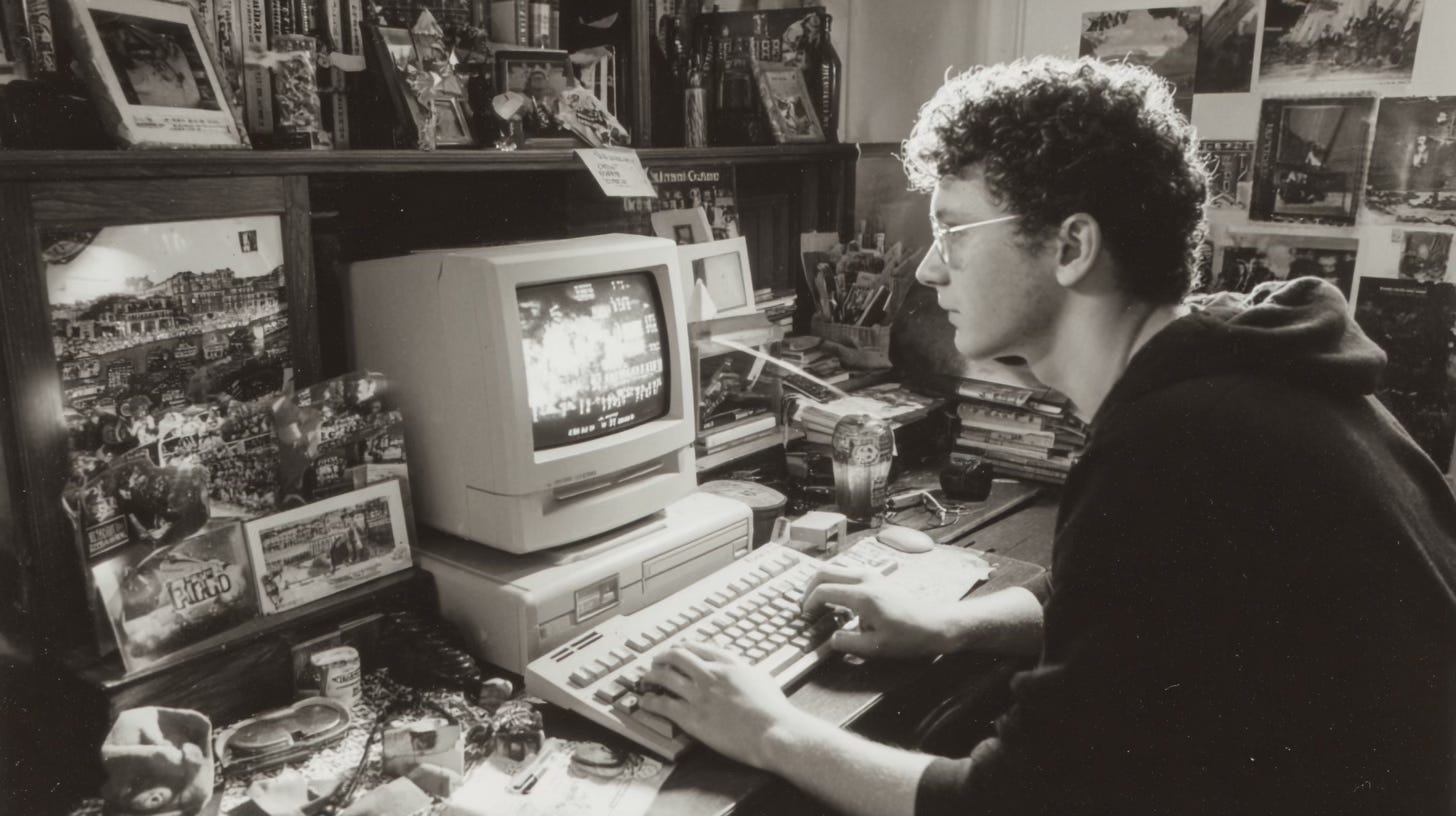What happened to AOL?
Five charts to start your day
“You’ve got mail” my computer twanged in an American accent as I walked back into my student dorm after lectures. Email, text messages and MSN Messenger were our main ways of keeping in touch before the dawn of social media. There were chat rooms too, though I had long given up on those. This was the AOL era, a time I had almost forgotten until I saw this chart.
What I loved about AOL was the interface. You got a CD in the post or tore one off the cover of a computer magazine, and suddenly you were online. Everything about the experience felt novel and complete. The layout was clean, the process simple, and for a few years it was a central piece of digital life.
And then, without fanfare, it disappeared. I cannot remember when I stopped using AOL, or why. It just stopped mattering, as if one day the internet had moved on without it. That is why this chart hit me so hard, a reminder of how something once so dominant could vanish almost unnoticed.
CHART 1 • What happened to AOL?
At the turn of the millennium AOL was everywhere. The dial-up screech was the soundtrack of the internet age, and the company was pulling in more than US$9 billion a year in revenue. Its merger with Time Warner in 2001 was billed as the deal of the century, proof that AOL was the future of media.
Two decades later the story could not look more different. Revenues are only a fraction of that peak and the last dial-up customers will be switched off this month. What once seemed untouchable has slipped into history. The market has passed judgement too. AOL was once valued at more than US$200 billion. Today it changes hands for a fraction of that under Apollo ownership, with annual EBITDA of about US$400 million and a mooted sale value near US$1.5 billion.
The lesson is clear. Even dominant technology firms can collapse if they fail to adapt. Google and Meta overtook AOL on advertising, broadband killed dial-up, and mobile reshaped how people accessed the internet. Investors must never mistake market leadership for permanence. The end of AOL dial-up is a milestone, but the real story is how quickly leadership can evaporate.
Source: Chartr
There is nothing like a bit of nostalgia to create a great data visualisation . I’ve got four more charts to share with you, if you are interest. Just become a paid subscriber to see them.




